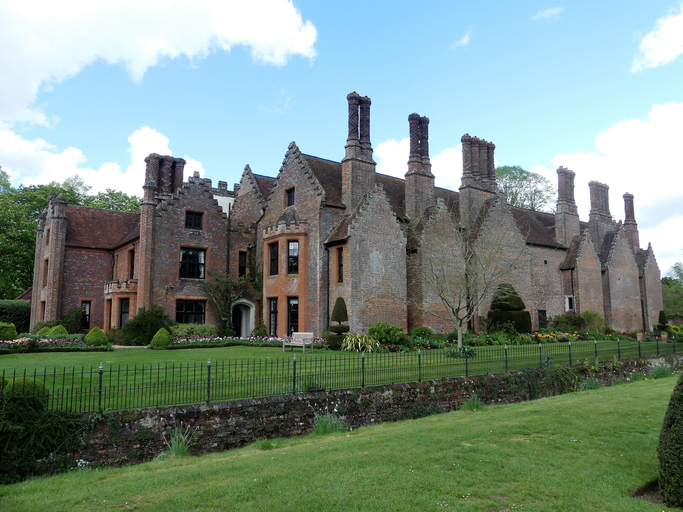Listed buildings – An overview
Lauren Walker provides an overview of listed buildings in England – What are they? How do you find out if a property is a Listed Building? What are the consequences of listing?
What is a “listed building”?
A “listed building” is a building which is listed on the National Heritage List for England in recognition of its architectural or historical significance.
There are a range of well-known listed buildings in England including Buckingham Palace, Battersea Power Station, the Royal Liver Building and Blackpool Tower. Listed buildings which are closer to home include Reading Abbey ruins and the Sheldonian Theatre.
However, a listed building doesn’t need to be a landmark or a tourist attraction; any commercial or residential property could be designated as a listed building by the Secretary of State for Digital, Culture, Media and Sport if it is considered to be of sufficient significance.
How do you find out if a property is a listed building?
You can check the National Heritage List for England to see whether or not a property is a listed building.
If a property is a listed building, then the National Heritage List for England will give you information about the building’s particular significance. For example, depending on the significance of a listed building, it will have been placed in one of three grades as follows:
| Grade of building | Significance | Percentage of listed buildings (as reported by Historic England) |
|---|---|---|
| I | Greatest significance | 2.5 |
| II* | Medium significance | 5.8 |
| II | Lowest significance | 91.7 |
What are the consequences of a property being listed?
The main purpose of listing a building is to protect the building from any changes which could materially diminish its architectural or historical significance. The protection of listed buildings has been enshrined in law by the Planning (Listed Buildings and Conservation Areas) Act 1990.
In practice, this means that you must apply to the local planning authority for listed building consent, as well as planning permission, in order to alter, extend or demolish any part of the exterior or interior of a listed building in any way which affects the building’s architectural or historical significance.
If you alter, extend or demolish a listed building without the necessary listed building consent then this is a criminal offence, which is punishable by an unlimited fine or up to two years in prison.
A local planning authority may issue a listed building enforcement notice if it seems that you have not obtained the necessary listed building consent to alter, extend or demolish a listed building, or if it seems that you have not complied with any conditions set out in a listed building consent.
There is no deadline by which a local planning authority must take enforcement action in relation to breaches of the Planning (Listed Buildings and Conservation Areas) Act 1990.
If you are purchasing a listed building or if you would like any further information in relation to listed buildings, then please do not hesitate to get in touch with our Real Estate team.
This article forms one of a series of planning articles we have released. Please see the other related articles as follows:

